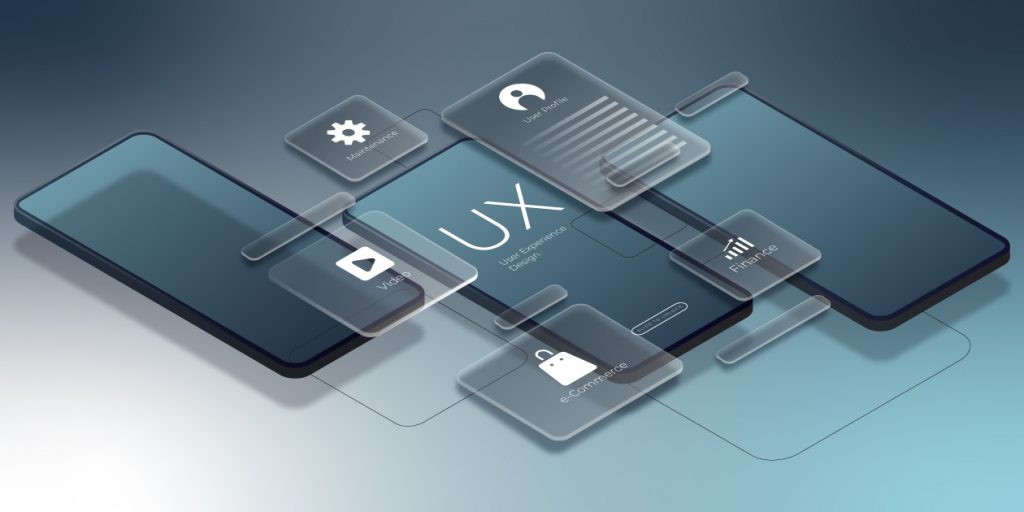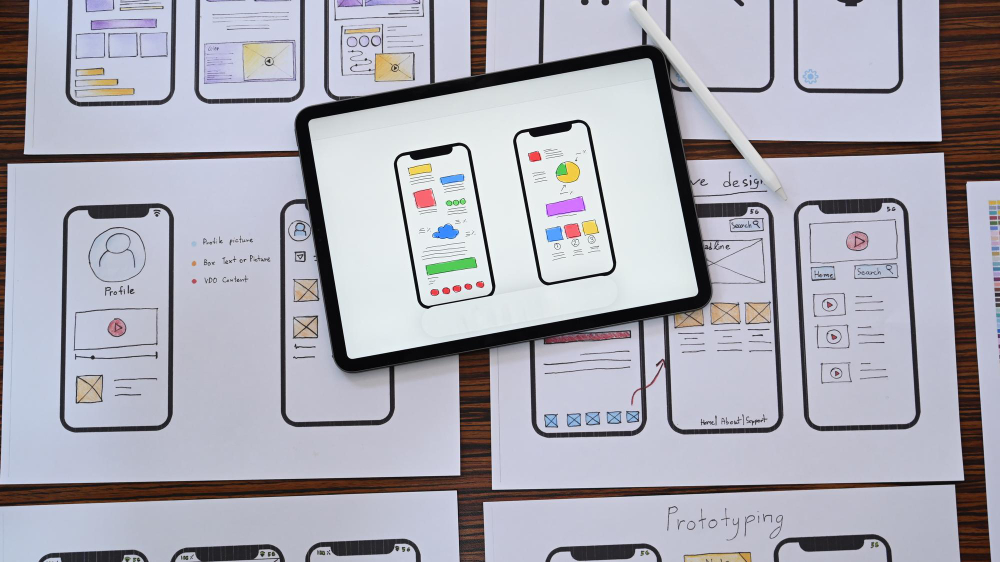
Welcome to the world of eCommerce, where businesses thrive in the digital landscape, catering to the needs and desires of online shoppers. In this fast-paced and competitive environment, one factor stands out as a game-changer for success: user experience (UX). From the moment a customer lands on a website to the final purchase, every interaction shapes their perception and determines whether they make a purchase or not; which makes the importance of user experience a valuable thing for eCommerce success. In eCommerce, everything moves fast, and a seamless and intuitive user experience process is critical whether you make that sale or not. From picking a product to making a purchase, everything should happen lightning fast. This article will discuss the importance of User Experience (UX) design for eCommerce success .
What is User Experience (UX) Design
User Experience or UX design refers to the overall experience of a user when interacting with a product, system, or service, particularly how quick, easy, efficient, and satisfying the overall website usage experience is. User Experience (UX) encompasses all aspects of user’s interaction, including the interface design, navigation, responsiveness, visual aesthetics, content organization, and the overall usability and functionality of the product.
User experience (UX) focuses on understanding the users’ needs, goals, and behaviors to design and optimize products that provide meaningful and enjoyable experiences, which solidifies the importance of User Experience (UX) for online businesses. Designing a website user experience involves conducting user research, creating user personas, designing user flows and wireframes, and continuously testing and iterating on the design to ensure it aligns with user expectations.
The Importance of User Experience (UX) in eCommerce Success

The importance of UX design in eCommerce lies in its ability to drive conversions, enhance customer satisfaction and loyalty, reduce cart abandonment, and differentiate a brand from its competitors. By prioritizing a seamless, intuitive, and personalized user experience, eCommerce businesses can thrive in the digital marketplace and create long-term success. Here are some of the reasons why designing a desirable User Experience (UX) design for your website is important.
- Increased Conversion Rates
A well-designed and intuitive UX can significantly improve conversion rates. By streamlining the purchase process, reducing friction, and providing a seamless and enjoyable shopping experience, users are more likely to complete their purchases. A positive UX enhances trust, confidence, and satisfaction, which directly impacts conversion rates.
- Reduced Cart Abandonment
Cart abandonment is a common challenge in eCommerce. A poor UX, such as a complex checkout process, lack of trust symbols, or unexpected costs, can lead to high abandonment rates. By optimizing the UX to reduce friction and provide a hassle-free checkout experience, businesses can minimize cart abandonment and improve conversion rates.
- Competitive Advantage
In a highly competitive eCommerce landscape, UX can be a key differentiating factor. A superior UX sets a brand apart from its competitors, attracting and retaining customers. When users have positive experiences with a website, they are more likely to choose that brand over others, even if the products or prices are similar.
- Positive Brand Perception
A well-designed and user-friendly UX contributes to a positive brand perception. It reflects the brand’s commitment to quality, professionalism, and customer satisfaction. Customers are more likely to trust and engage with brands that provide a seamless and enjoyable online shopping experience.
- Mobile-Friendly Experience
With the increasing use of smartphones for online shopping, having a mobile-friendly UX is crucial. Mobile optimization ensures that users can easily browse, search, and make purchases on smaller screens. A responsive and user-friendly mobile experience helps reach and engage a larger audience and increases the chances of conversion.
The key elements of User Experience (UX) Design in eCommerce

You might ask, “what makes a website’s user experience (UX) great?” It all depends on how quick, easy, and efficient the flow of your website is for your users. A combination of these elements create a holistic user experience that is intuitive, engaging, and meets the needs and expectations of the users. Successful UX design considers these elements throughout the design process to create products and systems that delight and satisfy users.
- Usability
Usability refers to the ease and efficiency with which users can accomplish their goals when interacting with a product or system. It focuses on making the interface intuitive, logical, and user-friendly, reducing friction and cognitive load.
- Visual Design
Have you seen website designs way back from the 1990s to early 2000s? It is kinda plain and boring. Now that the modern website design and aesthetics has become more and more visually pleasing, website users become more engaged on a website with an aesthetic visual design. Visual design involves the aesthetics and visual appeal of the user interface. It includes aspects such as layout, color scheme, typography, iconography, and overall visual hierarchy. Visual design aims to create an engaging and visually pleasing experience for users.
- Clear and Intuitive Navigation
A well-designed navigation system is essential for eCommerce websites. Users should be able to easily find products, browse categories, and access important information like shopping carts, account settings, and search functionality.
- Product Presentation and Descriptions
High-quality product images, detailed descriptions, and relevant information (such as price, availability, and specifications) play a crucial role in providing a positive UX. Users should be able to understand and evaluate products effectively before making a purchase decision.
- Streamlined Checkout Process
The checkout process should be smooth, efficient, and user-friendly. Minimizing the number of steps, providing clear instructions, and offering multiple payment options contribute to a seamless UX. Additionally, features like guest checkout, saved payment details, and order tracking enhance the overall experience.
- Personalization and Recommendations
Tailoring the shopping experience to individual users through personalized product recommendations, personalized offers, and relevant content can significantly improve UX. Understanding user preferences and providing relevant suggestions can help users find products of interest more easily.
- Responsive and Mobile-Friendly Design
Given the growing prevalence of mobile shopping, a responsive and mobile-friendly design is vital. eCommerce websites should adapt and provide a consistent and optimized experience across various devices, ensuring that users can easily navigate, view products, and make purchases on smartphones and tablets.
- Interaction Design
Interaction design focuses on defining and designing the interactions between users and the product or system. It includes elements such as buttons, forms, navigation menus, and interactive elements. Interaction design aims to create intuitive and meaningful interactions that guide users through the product or system.
- Accessibility
Accessibility ensures that the product or system can be used by individuals with diverse abilities and disabilities. It involves designing for screen readers, providing alternative text for images, using proper color contrast, and implementing keyboard navigation options, among other considerations.
- Performance
Performance refers to the speed, responsiveness, and overall performance of the product or system. A fast and responsive user interface contributes to a positive user experience, while slow load times and delays can frustrate users and lead to abandonment.
Buying or selling online shouldn’t be as difficult as rocket science, but rather enable an experience where every click and interaction is done swiftly. One eCommerce marketplace in particular, Shoppable Business, a B2B eCommerce marketplace, stands out with its user-friendly interface, streamlined single product catalog listing, and a seamless buyer and seller dashboard. Shoppable Business ensures a hassle-free online buying and selling experience, making it accessible even to users, even to less tech-savvy users.
Join as a buyer or a seller in Shoppable Business and experience a seamless eCommerce experience.









